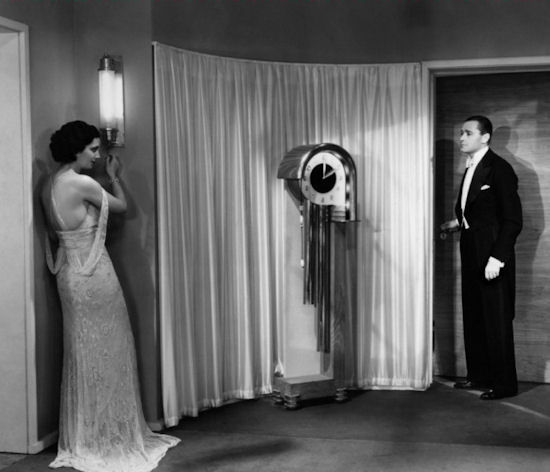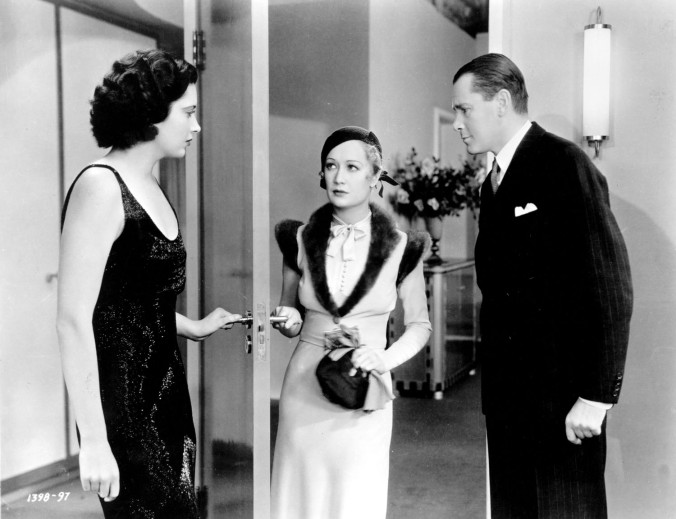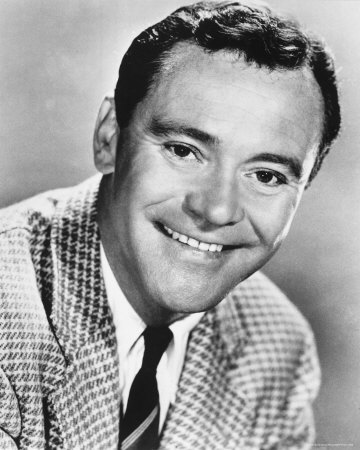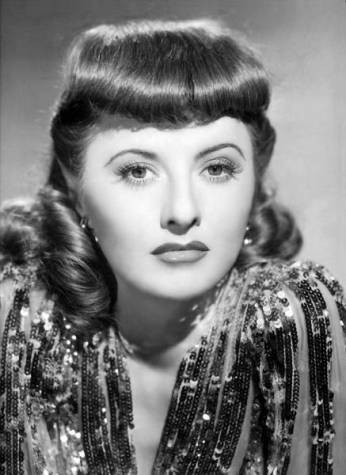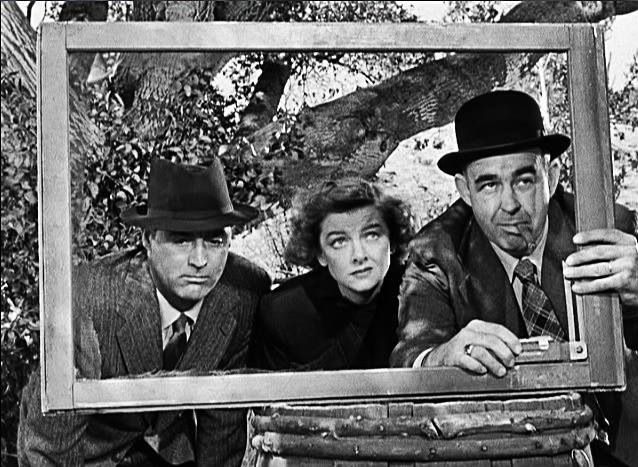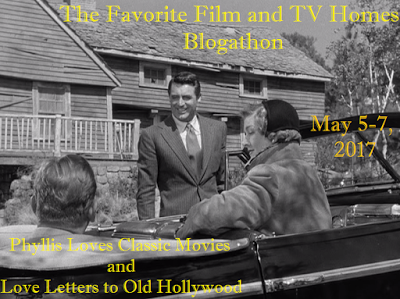The union of marriage is one that is cherished and celebrated by virtually all societies. It represents love, companionship, and most of all trust between two individuals with presumable a deeply shared connection. A great deal of responsibility, compromising, and openness must be mutual between both parties in cultivating an increasingly grounded and resonant amalgamation, especially with children present. It is when mistrust and dishonesty begin budding that this growing, anchored foundation may become windswept. It is history and sincerity that then drives the path towards dissolution or resolution. “Evelyn Prentice” is a 1934 drama directed by William K. Howard starring the dynamic duo of William Powell and Myrna Loy exploring this very issue with a very unique, unusual, and devastating secret at its core.
John Prentice (William Powell) is a confident and flirtatious defence lawyer who has the reputation of winning all of his cases. Nancy Harrison (Rosalind Russell) is his latest client who he acquitted who is obviously very grateful for his services, but wants to continue a very different kind of service with him behind closed doors. John’s marriage to Evelyn (Myrna Loy) is deemed to be quite peachy to others, but his physical and mental absence related to work poses great discomfort with Evelyn. She catches the eye of master money manipulator Lawrence Kennard (Harvey Stephens), and they begin written correspondence. Various events lead to Evelyn asking Lawrence to end their communication, but he threatens her with blackmail. A gunshot is then heard with Evelyn running out of the apartment, and speculations subsequently run wild.
This particular project is obviously quite different from Loy and Powell’s other well-known pairings for two obvious reasons that come to mind. It is definitely NOT a comedy, and the gumshoeing as per the Thin Man movies is not collaborative at all. In fact, there is a high amount of secrecy and concealment on Evelyn’s part. Despite the differences and intermittent datedness of some core messages in the film, it still displays the timeless ample tension, doubt, and fear that accompany a team in distress. Loy and Powell demonstrate their chemistry and charisma in this dramatic and problematic atmosphere that would only grow with further pairings, helping to create the iconic partnership forever embedded in cinema.

I do not own the above photo. Also, this post is part of the Bill and Myrna’s New Year’s Blogathon hosted by The Flapper Dame and Phyllis Loves Classic Movies! Please check out the other posts!






